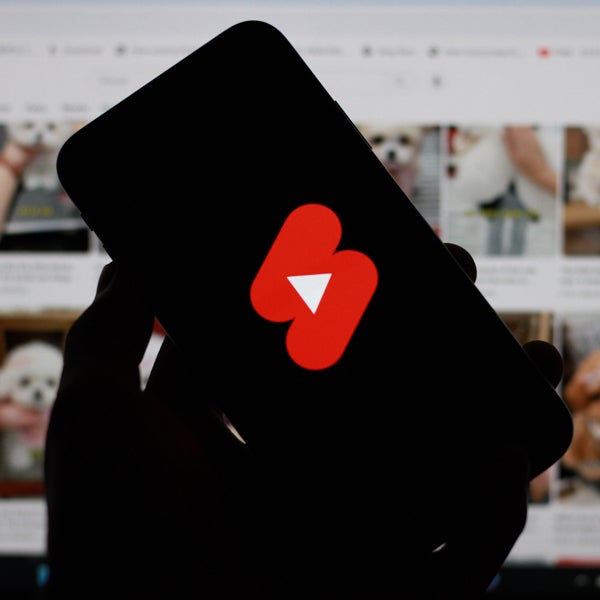YouTube Shorts is trendy. But are the ads targetable?
Until recently, not really.
YouTube first launched ads for its short-form video format in 2022, but as of late last year, the ability to buy exclusively Shorts inventory was only available to a small group of advertisers. Most advertisers could only buy Shorts ads as part of a bundle.
But on Wednesday at the Possible conference in Miami, YouTube announced a new feature that allows advertisers to buy ads within YouTube Shorts specifically for particular content categories.
If a brand wants to sell soccer jerseys to sports fans, for example, it can choose to run ads between sports-related Shorts content.
Other available targeting categories include gaming, food and recipes, automotive and beauty, fashion and lifestyle.
The new targeting capability “presents a new opportunity for [advertisers] to reach really engaged users,” Melissa Hsieh Nikolic, YouTube’s director of product management, told AdExchanger. Category-specific ads can help brands get in front of users who are passionate about a particular topic and therefore more likely to take action, she said.
YouTube’s advice for Shorts
YouTube also released an updated guide with tips for creating effective Shorts ads.
Brands are “still learning what makes a really compelling Shorts ad,” Nikolic said, since they’re accustomed to treating YouTube as a platform for long-form video.
The guide suggests slightly different strategies depending on a brand’s desired outcome.
A marketer trying to boost purchase consideration, for example, should highlight details about a particular product rather than focus on the brand. Meanwhile, marketers looking to drive conversions should prioritize displaying prices and a very clear call to action about where to make a purchase or take an action.
While that’s good advice, it’s hardly groundbreaking. What brands are more concerned about is ad placement and targeting.
Staying on target
The new targeting feature is the next step in what’s been a nearly yearlong process of introducing targetability to Shorts ads.
Over the summer, YouTube quietly ran a pilot program to let some advertisers buy Shorts separately from the rest of YouTube’s inventory, as in regular YouTube video and YouTube TV.
YouTube then began allowing brands to target ads in the first ad opportunity of a scrolling session (still in beta) or between the top-viewed Shorts (generally available as of a few months ago).
But now, advertisers have “more of a selection” regarding where their ads run as part of video reach campaigns on YouTube, Nikolic said. These campaigns are designed to serve ads across an optimal mix of YouTube inventory, including Shorts and live TV, to reach as much of a brand’s target audience as possible. Although YouTube recommends buying Shorts as part of a media bundle to get the best reach, if advertisers want to buy only Shorts, they can do so, Nikolic said.
One reason advertisers want to buy Shorts separately is that they have little way of knowing whether their ads are running on a TV, mobile or desktop device when inventory is bundled.
But buying Shorts exclusively on a particular device type is not an option yet, Nikolic said.
YouTube claims its supply performs better when purchased as a bundle because viewers have different reasons for watching Shorts compared to YouTube TV or longer videos via the eponymous app.
Even so, Nikolic said, YouTube is trying to help advertisers achieve the campaign results they’re looking for by giving them more control over how they buy YouTube inventory.


















